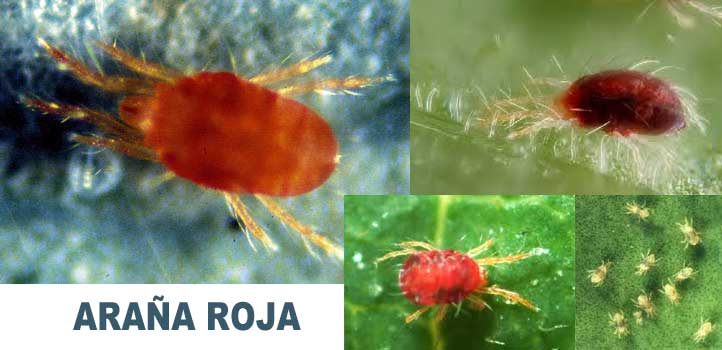It is one of the most common pests in plantations of cannabis but we can address it in many ways.
The red spider is tiny (measuring 0.5 mm). But it is as small as harmful. It is very difficult to see, so we must be very attentive to our culture. Perhaps, before seeing the arachnid we see the traces it has left in our plant. At first we can see that the leaves or stems have a very small white dots. If the pest is more advanced the leaves lose color and you can even get to fall, when the time comes we will see the fine cobwebs behind the leaves. And if the stage of the pest is very advanced, the leaves are covered full of spider web and the plant dies.
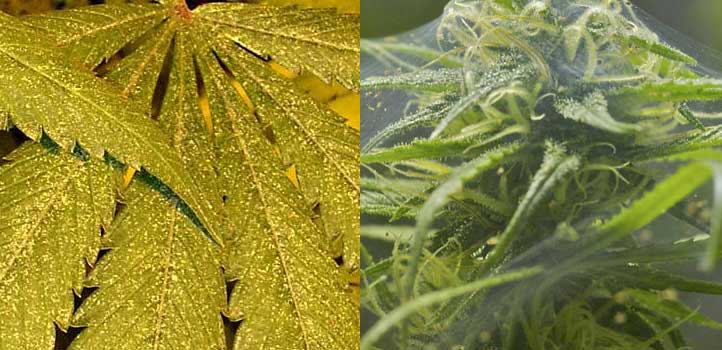

In constant struggle for the regulation of cannabis, mainly in the medicinal field.
27-11-2015 07:00:41 - Updated: 27 November, 2015
Factors conducive to this plague
A number of causes that can favor the appearance of red spider on our culture must be taken into account. This tiny spider usually occurs when the plant is in an environment of high temperatures and very low humidity. What this bug likes is dry environment and high temperature. Also, if the plant is in a small pot and not watered far the arachnid stay at ease. If we are growing inside, plague can ruin our harvest as the temperature can be higher than outside and, separately, the plant is not in contact (as when abroad) with other insect predators that could kill it and keep safe our plantation.
How to end the plague
When, indeed, we note that our plant was infested with a plague of red spider, we have to quickly find solutions. There are home 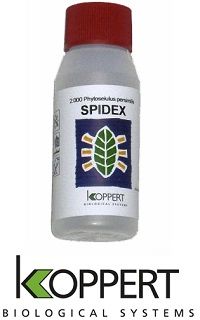
Permanent solutions
If we opt for products hundred percent effective, we can find on the market several solutions that will end the plague of spiders very effectively. The Spidex Phytoseiulus persimilis (against spider mite) : it is a predator for biological control red spider. It is the predator’s used against this pest and an adult is capable of pulling 5 red spiders per day or 20 eggs or larvae. Because of its great capacity for predation eliminates the pest completely. For application must be pest and the humidity should not be too low.
You can also fight against red spider with a natural predator of pests that can be found in the product SPICAL 5000 Amblyseius californicus, is a product containing 5000 larvae of the species Amblyseius Californicus fighting red spider. We can even use it as a preventative though there is no plague.
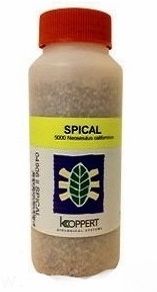
Other organic products we can find is the Swirskimite that is a predator mite that combats (among other pests) to the red spider. The Swirskimite has the peculiarity to appear in envelopes that are hung halfway up the plant. As a preventive method you can hang an envelope plant.
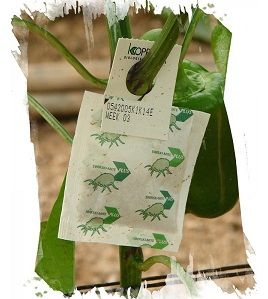
The Red Spider is a biological insecticide that can also be used, is a contact insecticide eliminating insects quickly and also destroys the pest eggs.
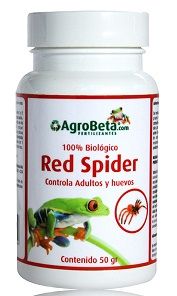
This product enters the plant through the sap and attacking the hormone systems of insects, breaking the reproductive cycle.
Finally, another very effective product that can be used is the OleatBIO Trabe, a nontoxic and also biological insecticide. Is regulated by European legislation and may be used in organic farming, also has a wide field of application in integrated and conventional agriculture.
By Noelia Jimenez Team Piensa En Verde
